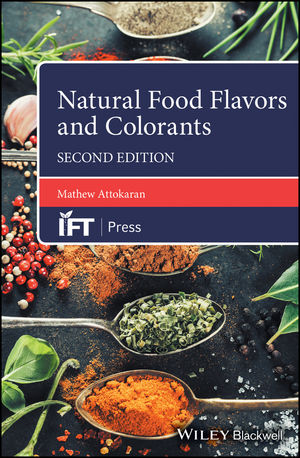Candy Industry was recently able to talk to Alice Lee, technical marketing manager, GNT USA, LLC, about coloring agents for natural and organic candy.
Liz Parker: GNT coined the term “coloring foods,” aka food concentrates used solely for the purpose of delivering color to food and beverages. What’s the best method for using coloring agents with natural and/or organic candy?
Alice Lee: Coloring Foods are plant-based color concentrates made from edible fruits, vegetables, and plants using a water-based processing method that is free from organic solvents. They are created based on the straightforward principle of coloring food with food and can be used to deliver a full rainbow of shades in almost any application.
The colors are available in different formats, such as liquid, powder, oil-dispersible, oil-soluble, and micronized powders. We also offer an EXBERRY Organics range that includes both liquids and powders. The range is certified organic in accordance with both U.S. and EU regulations.
In many cases, it’s very easy to use our concentrates in applications including natural and organic candies by mixing in the color directly. However, there are basic technical considerations you may need to consider. For example, the red and purple concentrates based on anthocyanin pigments are pH-dependent, so the colors should always be evaluated in the correct pH medium. Yellow and orange hues containing carotenoid pigments will provide a cloudy appearance and can have some light sensitivity, which can be improved with the addition of ascorbic acid. Spirulina is used for blue and green shades and it is sensitive to very high temperatures and direct contact with acid. We often work closely with our customers for blue and green confectionery to achieve optimal performance; it is important to consider commercial scale-up parameters such as order of addition, ensuring good mixing, and managing temperature and hold times.
Generally, it’s always best practice to evaluate the colors in the appropriate model formula following the commercial processing conditions as closely as possible. It’s also good to keep in mind that suppliers like GNT are your partners in ensuring that the best colors are selected for your project goals.
LP: What fruits and vegetables are used to produce EXBERRY colors?
AL: We use more than 30 different, high-color varieties of fruit, vegetables, and plants such as carrots, pumpkin, turmeric, sweet potato, spirulina, and berries such as blackcurrants and blueberries to create EXBERRY colors. This enables us to offer the widest range of plant-based color concentrates on the market, comprising more than 400 shades. Having a wide variety of raw materials gives us the flexibility we need to offer different solutions to different project requirements. For instance, we might provide anthocyanin-based pink shades made from raw materials such as carrots and sweet potatoes, which are pH-dependent but heat stable. A betanin-based pink, on the other hand, is heat sensitive but not pH-dependent. This allows us to find solutions to almost any challenge.
LP: Is EXBERRY considered a “clean-label” solution?
AL: EXBERRY colors are ideally suited to the clean-label trend. They’re classified as colors exempt from certification under FDA regulations and support simple ingredient listings such as “fruit and/or vegetable juice (for color),” “spirulina extract (color),” or “turmeric (color).” Brands can also add front-of-pack logos declaring that products are “colored with fruit and vegetables.”
LP: How does GNT control all aspects of its supply chain in order to security the availability of its food ingredients?
AL: The fruits, vegetables, and plants used to produce EXBERRY colors are grown by farmers working as part of our vertically integrated supply chain. Our unique long-term partnerships provide stability to our farmers. Our team of agronomists have access to the fields and work closely with the farmers to achieve optimal crop yields year after year, and we maintain long term stock of semi-finished raw material to ensure availability to our customers. This approach means we have visibility and control of the supply chain at all stages, ensuring quality, traceability, and availability.





.jpg?height=200&t=1638457338&width=200)




